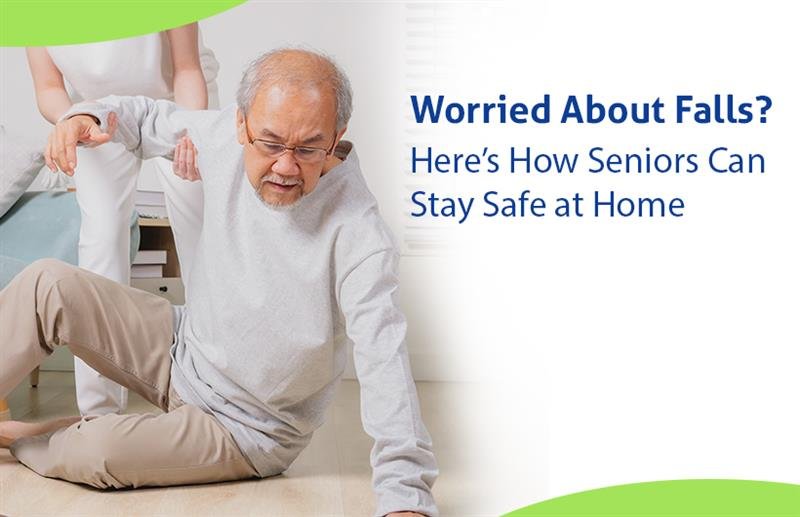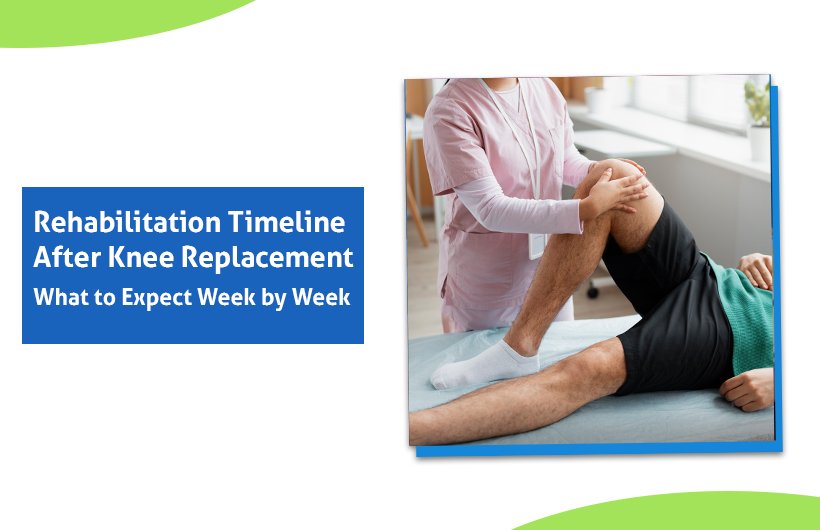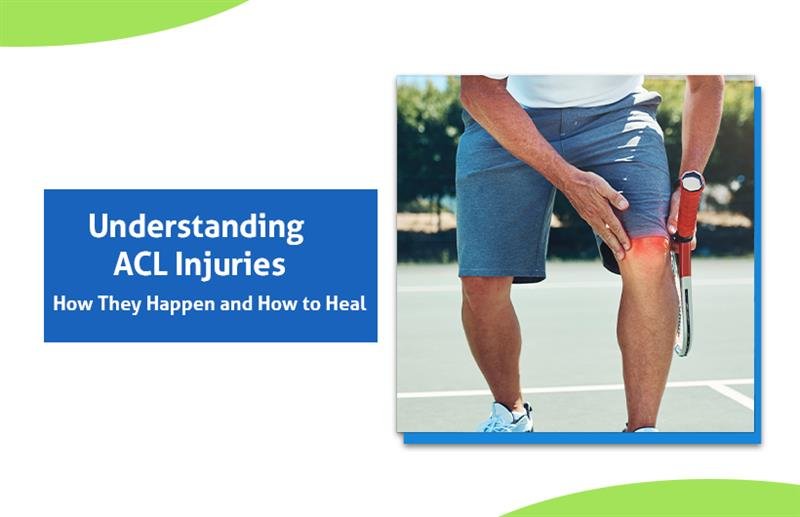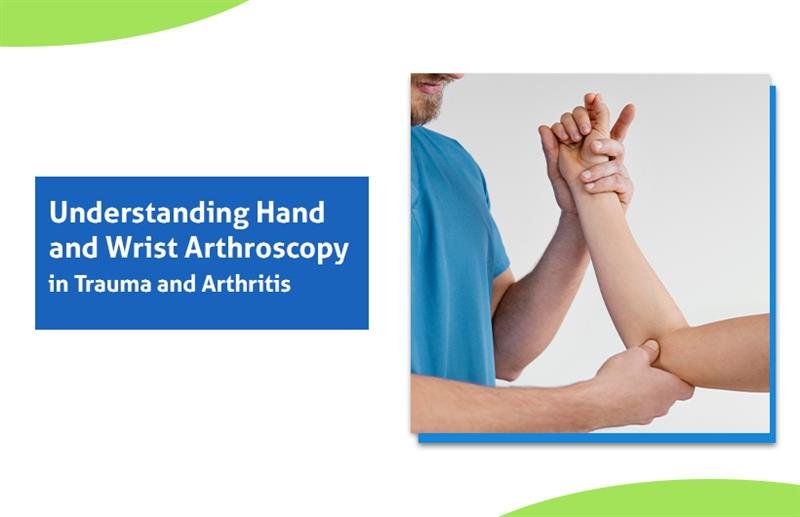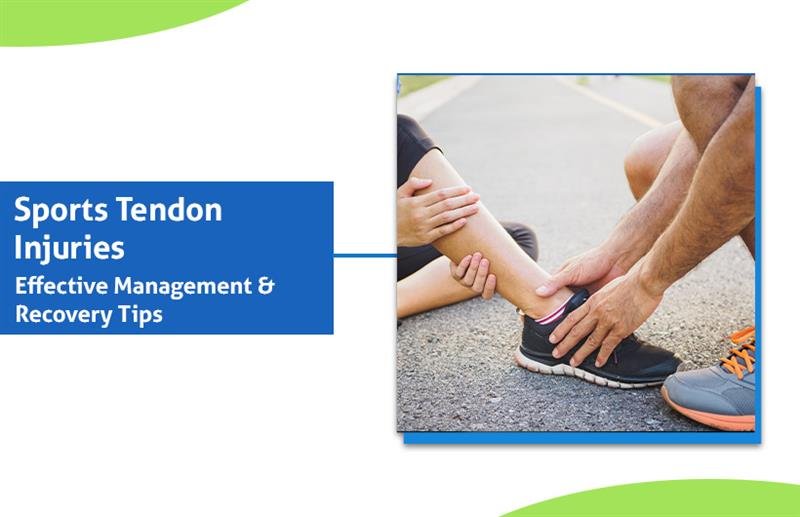Falls are one of the leading causes of injury among older adults. Every year, thousands of seniors suffer fractures, head injuries, and long-term complications due to falls, many of which are entirely preventable. Fortunately, with effective fall prevention for seniors at home, families can create safer environments and drastically lower the risk. In this blog, we are going to discuss the only strategies that are needed to prevent falls in the elderly, mobility improvements and promote independent living for seniors.
The importance of Fall Prevention at Home
Prevention of falls in old people is not a precautionary measure but a necessity. As stated by the World Health Organisation, 1 in every 3 people above the age of 65 falls per annum. Such falls may have devastating effects, and they cause fractures and disability, leading to immobilisation and even premature deaths.
The causes of why fall prevention is important
- Wet bathroom floors and slippery floors
- Inadequate or bad illumination
- Loose carpets, electrical cords and clutter in general
- Absence of supporting aspects such as railings or hand grips
As a way of fall prevention for the elderly, these hazards need to be detected and removed as a priority to reduce fall risk in older adults
Preventative Home Changes to Stop Falls
It should not be a risk zone in your home. Simple yet effective home modifications to prevent falls may lead to drastic improvements in safety. The following are senior home safety tips that can help prevent falls :
1. Install Grab Bars and Handrails
Grab Bar and Handrails Installation Grab bars are metal bars that can be attached to the walls and provide a secure anchor to use alongside the handrails. Install such solid grab bars in bathrooms and around the stairs. There are handrails on both ends of the staircases.
2. Enhance Lighting at home
Be sure to have adequate lighting in all the areas, including the stairways, hallways and bathrooms. Use night lights at night to see.
3. Reduce Tripping hazards
Free pathways. Loop free hanging carpets, fasten electric cables and make sure that furniture does not hamper movement and reduce fall risk in older adults.
4. Use Non-Slip Mats
Install non-slip mats inside and outside the bathtub or shower. A waterproof seat in the shower is also helpful.
Following these senior home safety tips can create a much more secure living space and help prevent falls at home for seniors.
Exercises to Improve Balance and Strength
A strong body supports a safer life. Regular physical activity helps maintain muscle tone and balance, both critical in fall prevention exercises elderly.
Simple Balance Exercises:
- Standing on one foot while holding a chair for support
- Heel-to-toe walking to improve coordination
Strength-Building Routines:
- Chair squats to strengthen legs
- Seated leg raises for better lower-body support
Engaging in senior balance exercises at home at least 3–4 times a week improves confidence, reduces fear of falling, and supports joint health over time.
Daily Habits That Help Prevent Falls
Beyond exercise and home changes, everyday habits play a vital role in safety. Adopt these fall prevention tips for the elderly :
1. Wear Proper Footwear
Shoes with non-skid soles and good support help with stability. Avoid walking barefoot, especially on tile or wooden floors.
2. Stay Hydrated
Dehydration can lead to dizziness or fainting. Encourage regular water intake throughout the day.
3. Use Assistive Devices When Needed
Canes, walkers, or other mobility aids provide added safety. Make sure these are fitted correctly.
4. Regular Vision and Hearing Checks
Poor vision or hearing can affect balance. Schedule routine checkups to ensure corrective measures are up to date.
These simple habits significantly how to prevent falls at home among seniors and promote independence.
Involve Family and Caregivers
Support for fall prevention isn’t a one-person job. Caregivers and family members play a key role in ongoing safety.
1. Discuss The Risk of Falls
Discuss the issue of falls with your loved ones. Always have everyone informed of when there are changes in mobility or a new health problem.
2. Design a Fall Prevention Plan
collaborate on handling the risks and developing a plan, including using medication reminders or scheduling checkups.
3. Monitor Medications
Dizziness or drowsiness might occur under some prescriptions. Check with a medical expert periodically to prevent either an interaction or a side effect with medications.
Adherence to these caregiver fall safety tips produces an enabling, positive environment around the senior.
When do I need to see the Doctor or a Specialist?
A professional touch can be a game-changer sometimes. When a senior is stumbling or has a bad sense of balance or falls often, it is time to consult specialists.
Here are indications that you should have a fall risk assessment:
- History of recent falls
- Observable clumsiness on feet
- Drug side effects on balance
An elderly fall prevention program can contain physical therapy, lifestyle advice and exercise planning. Such interventions have been seen to lower the risk of falls and maintain long-term health.
Are you in Ahmedabad and require the services of a reliable specialist? Dr. Samip Sheth is an orthopaedic doctor in Ahmedabad who has enough experience and is capable of conducting a comprehensive evaluation and individual care. Searching for a knee specialist near you or consultation with the orthopaedic surgeon in Ahmedabad who can offer some advice to you, Dr. Sheth will offer the patient treatment by evidence based medicine, and also taking into consideration the needs of the seniors.
Conclusion
Falls are not only accidents, but they are preventable happenings. Seniors can remain independent and safe by designing their homes, mobility, and with a little assistance. These tips help to minimise fall risk in older adults, so make sure to keep them in mind, and the most important thing is to the aware.
Take the first step toward safety.
Book a consultation with Dr. Samip Sheth, a trusted orthopaedic specialist in Ahmedabad, for a complete fall risk assessment and customised treatment plan that ensures comfort, confidence, and care.

